Here's a look inside our classroom...
Math:
Number identification, counting, coins, hundreds charts, and adding strategies have been the foci in math. Although students have an idea behind numbers, we take it a step further to ask them to think about different ways to show a number. Here are some ways we showed the number 7.
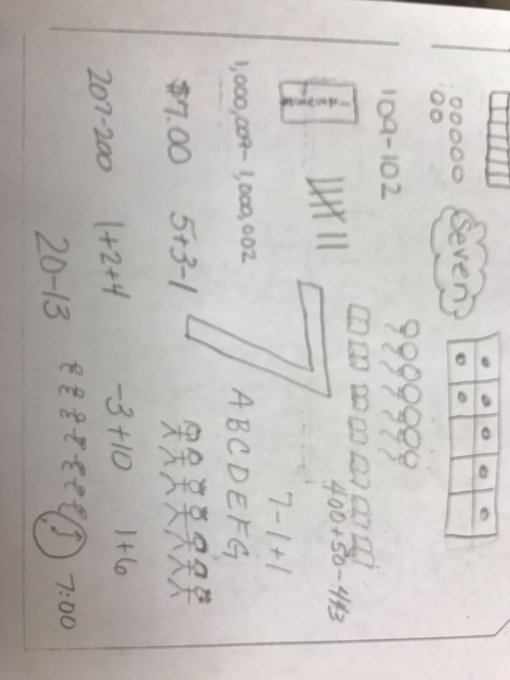
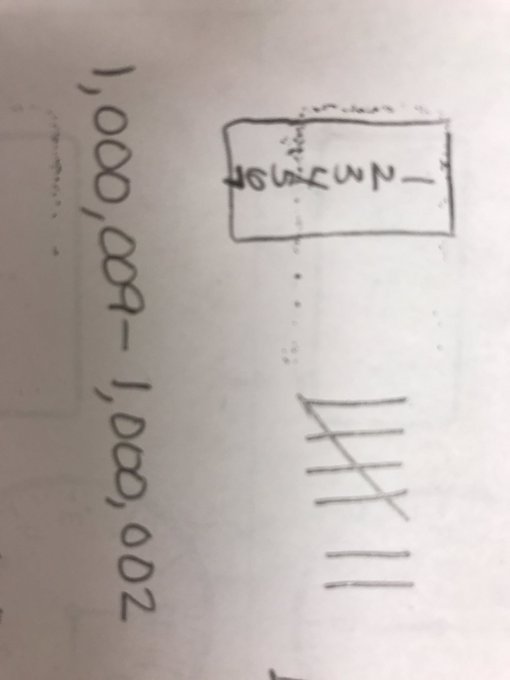
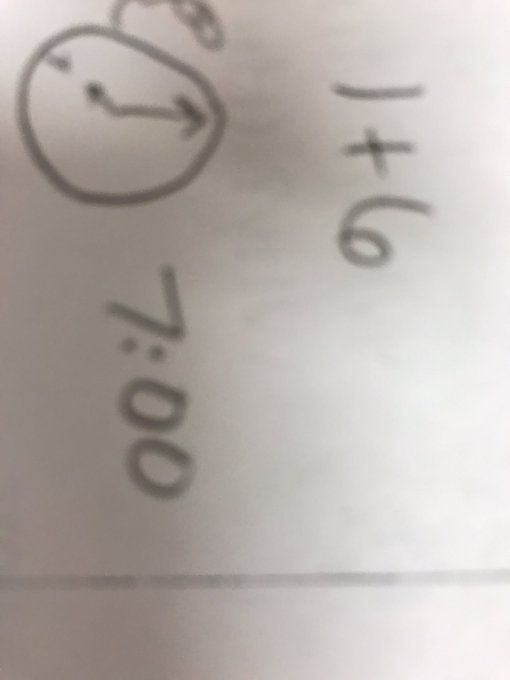
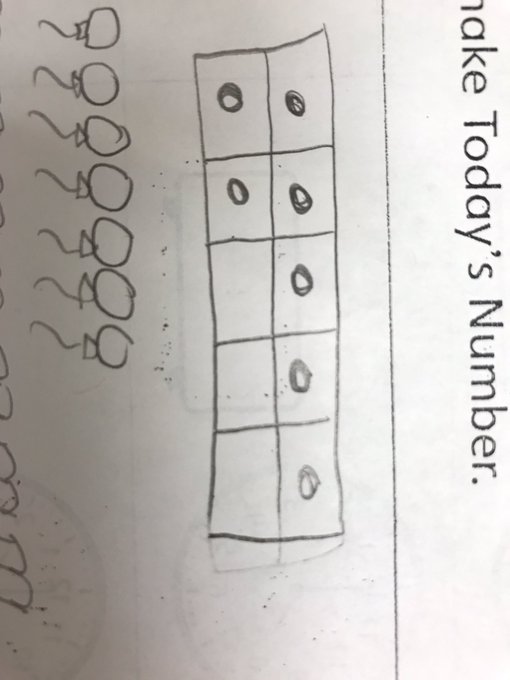 Students have realized that rather than counting one block at a time to get to 100, it is easier to place the blocks into groups of 10 and find 10 groups. We have reviewed the identification and counting of coins in the last few weeks. Most students are fluent in this area, but it doesn't hurt to practice! In upcoming weeks, we will play games involving money (counting and making change). We have been filling in blank spaces in different hundreds charts so students have to either see which number comes before or after OR which number is above or below. See the example below.
Students have realized that rather than counting one block at a time to get to 100, it is easier to place the blocks into groups of 10 and find 10 groups. We have reviewed the identification and counting of coins in the last few weeks. Most students are fluent in this area, but it doesn't hurt to practice! In upcoming weeks, we will play games involving money (counting and making change). We have been filling in blank spaces in different hundreds charts so students have to either see which number comes before or after OR which number is above or below. See the example below.
Lastly, students have been discovering strategies for adding multiple one digit numbers, such as 7 + 8 + 3 + 2. Here are three strategies we have used...
1. Make 10 - Students make 10. In 7 + 8 + 3 + 2, students would combine 7 + 3 = 10 and 8 + 2 = 10, so 10 + 10 = 20.
2. Doubles - Students find doubles when possible. In 3 + 8 + 8 + 3, students would see that 3 + 3 = 6 and 8 + 8 = 16, so 6 + 16 is 22. It will be very helpful for students to practice their double facts at home. A game will be "homework" next week to help with doubles. :)
3. Compensating - Students will determine a ten or a double, but have to use (compensate) part of another number. if you have 2 + 7 + 4, you can say 2 + 7 + 1 (from the 4) = 10, but then 4 - 1 = 3, so 10 + 3 = 13. OR 5 + 7 + 4, you would make a double of 7 (the 5 + 2 from the 4) + 7 = 14, then 4 - 2= 2, so 14 + 2 = 16. This strategy is a little more advanced, but I taught it this week to extend to students who were ready for it. :)
3. Compensating - Students will determine a ten or a double, but have to use (compensate) part of another number. if you have 2 + 7 + 4, you can say 2 + 7 + 1 (from the 4) = 10, but then 4 - 1 = 3, so 10 + 3 = 13. OR 5 + 7 + 4, you would make a double of 7 (the 5 + 2 from the 4) + 7 = 14, then 4 - 2= 2, so 14 + 2 = 16. This strategy is a little more advanced, but I taught it this week to extend to students who were ready for it. :)
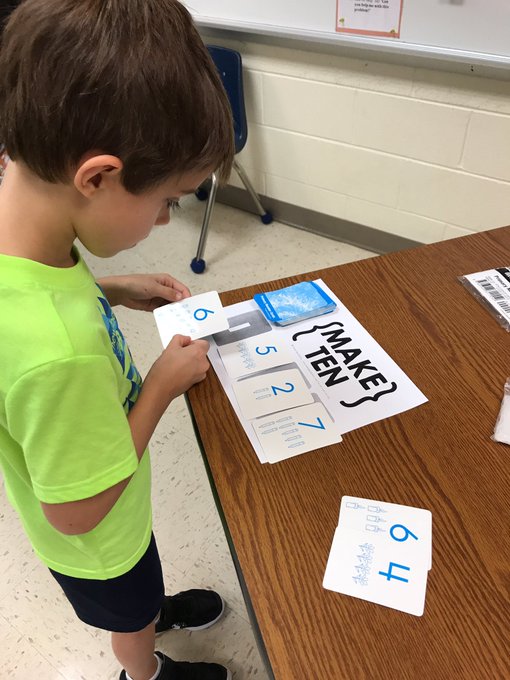
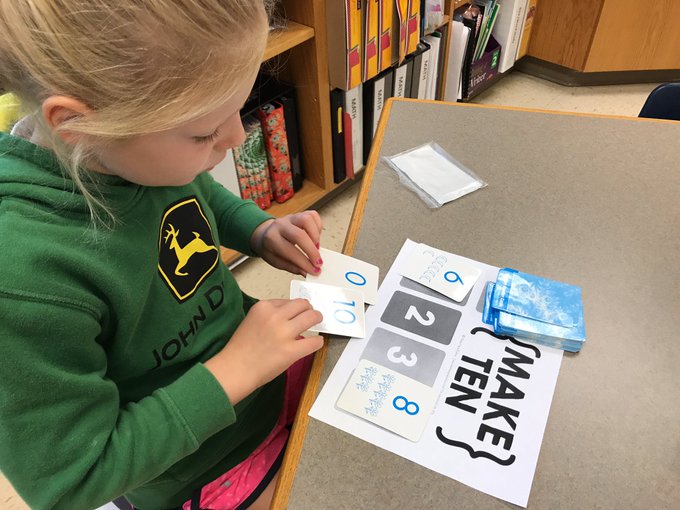
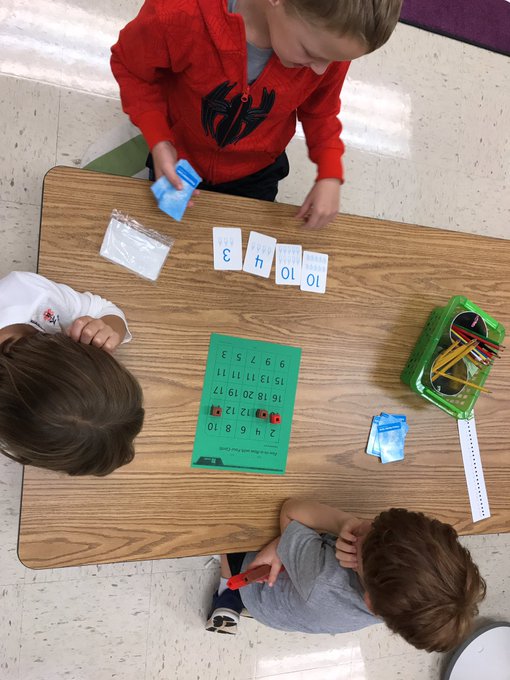
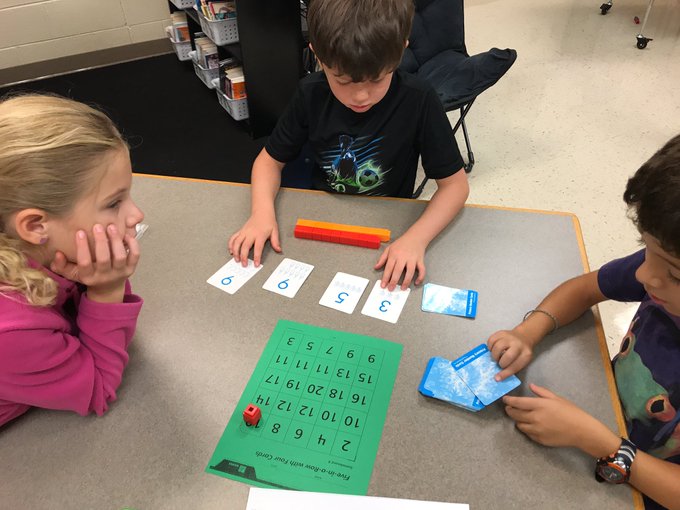
Ways to help at home:
- Pull out a handful of coins. Ask students to identify the coins, then add up the total amount of change you have. Children love playing with money, so let them practice their skills!
- Play the Make 10 game that was sent home this past week. Students enjoy playing and it will help build the foundation of adding and subtracting quickly.
- Play Tens Go Fish. We have not yet played this game in the classroom, but it is an adding way of Go Fish. Instead of asking for pairs (I have an 8, so I ask for an 8 to match it), you ask for the addend that will help you get to 10 (I have an 8, so I ask for a 2 to =10).
Word Study:
We began word study this past week. We started with a very simple sight word list. These words are commonly misspelled by students as they work their way through 2nd grade. I am using this sort (and next week's sight word list) as a way to introduce many of the activities that follow them sorting their words (with me) and writing their list twice (independently) on a daily basis. I want students to know my expectations for each activity before "turning them loose" with their true sorts. Each day, students work with me to sort their words, then they write their words twice, then do an activity. Their full word study session lasts about 30 minutes. We will begin true sort groups the week of the 25th.
Ways to help at home:
I'm leaving these ideas from the last post because I feel they can help most!
- Ask your child to spell easy, commonly used words when you are writing a note or a list. Remember that words we think are easy (like was or one or what) can be challenging for them because was sounds like it should be spelled wuz. Choose words that can easily be sounded out.
- I am teaching students a strategy for harder words. We practiced this with our word study words two days so students could understand how it works. We will continue with it throughout the year. The other day we spelled sneaky together. I asked students to count the sounds (5), so we drew 5 lines, like this _ _ _ _ _. Then we began filling in the lines with the sounds we heard.
s _ _ _ _ then
s n _ _ _ then
s n e _ _ then
s n e k _ then
s n e k e
I explained that this might not be exactly how to spell the word, but it would be super close! From this point, students who can then use what they know from word study to get even closer. If they have had the long e sort with ea, then they know they could put an ea on the third line. If they know that some long e sounds at the end of a word will end with an i, ie or y. They can then add them and see which one looks familiar. Ask your child to use this strategy at home. We are just learning it, but as the year progresses, students will become very good at it.
Writing:
We try to begin our writing time with a short 5 minute "ABC write." During this time, students focus on writing their letters correctly (no ds for bs or E for 3) and taking time to focus on where their letters should "touch" (bottom line, middle line, top line). We play classical music during this time and just be mindful!

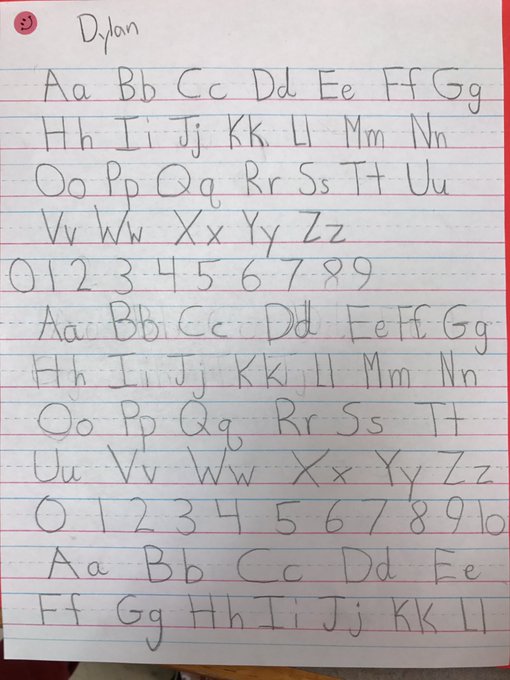

We will begin our creative writing in the upcoming week. I plan to have students draw a picture of their character, then write about it with details. Then, students will draw the setting around their character, then write about it with details. Next, I will have students draw their character in the midst of a problem. They will then write the plot to the story. Lastly, I will ask students to draw their character solving the problem. They will then write about the solution.
Ways to help at home:
Students can write at home, although some don't want to. :) Use the idea above to draw a character and setting and just write about it. They love drawing and this is a wonderful way to connect the two.
I suggested last post that they could help you with the grocery list, write a letter to family or friends, or just write a creative story. There are two great apps you can get for your phone (Name Dice and Story Dice by Thinkamingo) that will help when they are stuck. The Name Dice pops up 2 names at a time and the Story Dice shows 2 or 3 pictures that generate a "situation" that students can write about. I only allow students to tap it 3 times for ideas or they might get carried away with tapping and not actually thinking about what the picture on the dice could do for their story.
Reading:
This past week, I introduced students to CAFE, our reading strategy board. C = comprehend (understanding what you read), A = accuracy (reading correctly - words and prosody/intonation), F = fluency (the speed in which you read), and E (expanding the vocabulary - adding new words)
Throughout the year, we will add different strategies to each "section" of our CAFE board. This week, we introduced Stop and Check for understanding under the C. Students practiced stopping to make sure they were understanding the story they were reading. If yes, then it is a "just right" book. If not, maybe they need to wait a month or two to read it and get a better "just right" book. We also added "Read it like gold" under the Accuracy AND Fluency. We read like a curmudgeon (bad-tempered reader), which we found was very boring. We then read it like gold and found we added voices to characters and made the story much more interesting! Lastly, we added Cross Check to Accuracy. When students came upon a word they didn't know, they did the best they could to figure it out and when they got it, they cross checked (does it look right? does it sound right? does it make sense?). I am hopeful these strategies (in addition to those being introduced in the future) will help students become more confident readers.
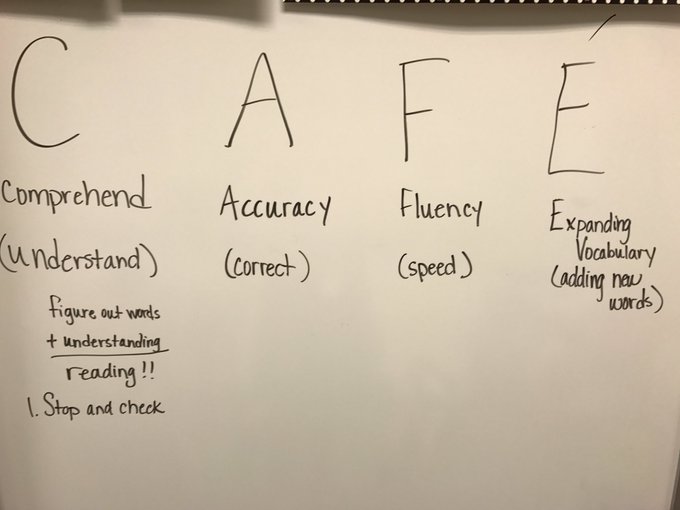

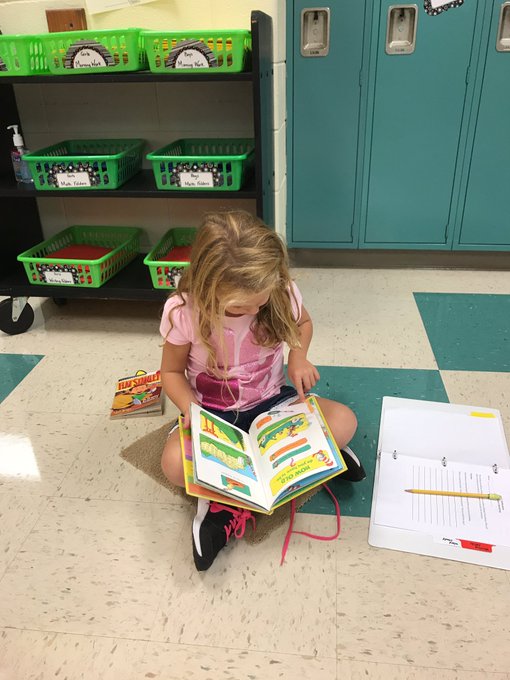

Ways to help at home:
- Practice makes perfect! The more reading your child does, the better they will get! Research shows between 20-30 minutes per day helps growing readers improve more rapidly. I tell students that I was not the best reader in 2nd grade, but I worked very hard and made great progress and now I can read most anything.
- I want students to LOVE to read, just as I do! To get them to love it, they must love the story. Let your child choose what to read. If they are excited and engaged in the story, they will want to read more and more.
- I'm leaving this one...Don't feel that your child is ever too old to read a book together. Children learn through your modeling! Have your child read to you, share the book and each of you read a page, or you read to your child if the book is "too big." All of these are wonderful ways to spend quality time with your child.
Social Studies:
Our theme is super citizens. Over the past few weeks, we have been creating super citizens in the classroom. I introduced students to a super citizen who made a difference in our nation many years ago. Cesar Chavez was a Mexican American who lived a life of poverty. His family were farm workers throughout California after their Arizona farm had to be forfeited because of the depression and a draught. Cesar noticed the different pay scale for white Americans, Mexican Americans, and Mexicans. He formed the National Farm Workers Association to help fight for equal pay among all races.
We are now learning about the past and present. Students worked in groups to determine ways of communication and types of transportation that have been used throughout history. They loved watching short clips of my favorite cartoons growing up. We watched Flinstone "inventions" and Jetsons "inventions" that ultimately came true. We compared these ideas of past and future to the present. We will "make it more real" in the weeks to come as students explore Charlottesville in the Past through photos. We will then make a past and present 3D map.
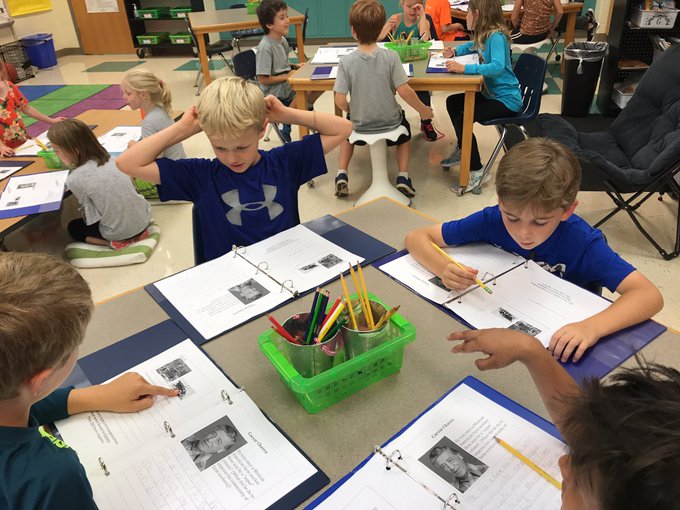
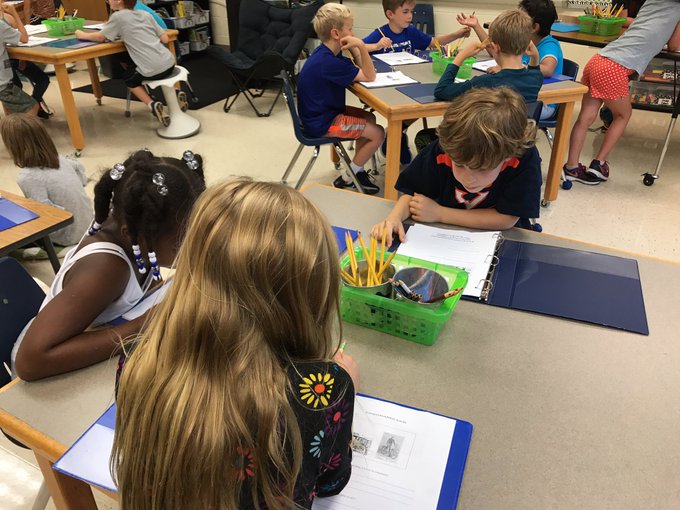
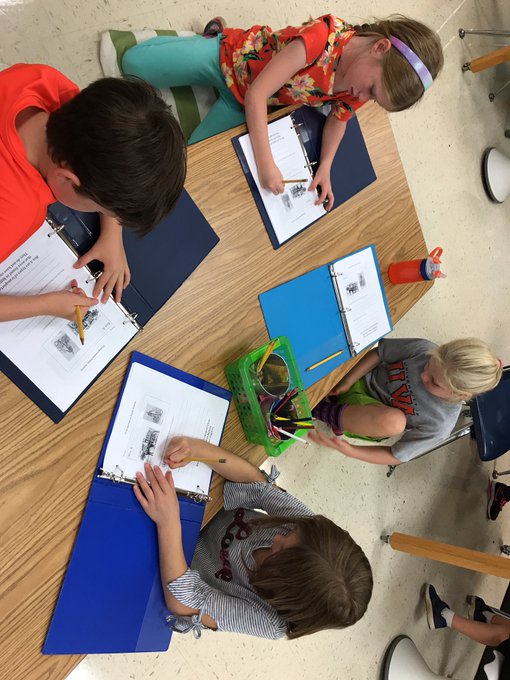
Ways to help at home:
- Thank you for taking part in the Interview homework. I hope it helped students a) get to know their interviewee better (and in a different way), and b) understood how life was different not too long ago. Continue to talk about the changes in technology, transportation, and communication with your child. Find books about the past (Little House is a wonderful series to show life in the past...Big Woods or Long Winter are great!), listen to music from the past, or read through old letters you might have. Make it fun and interesting!
FUN:
Look at these sweet faces!

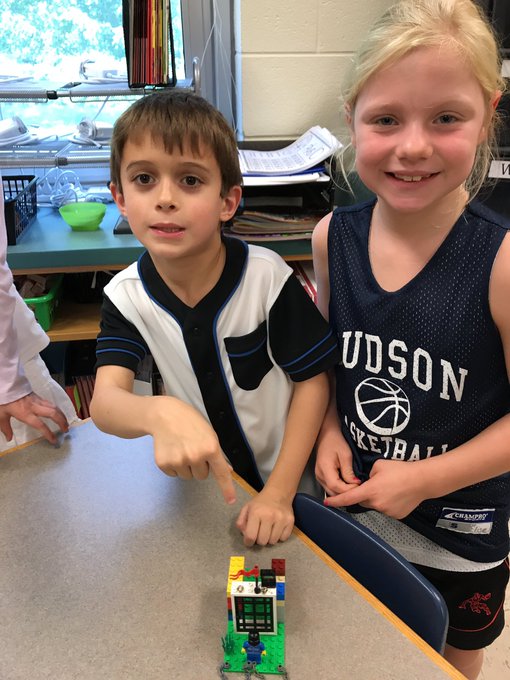
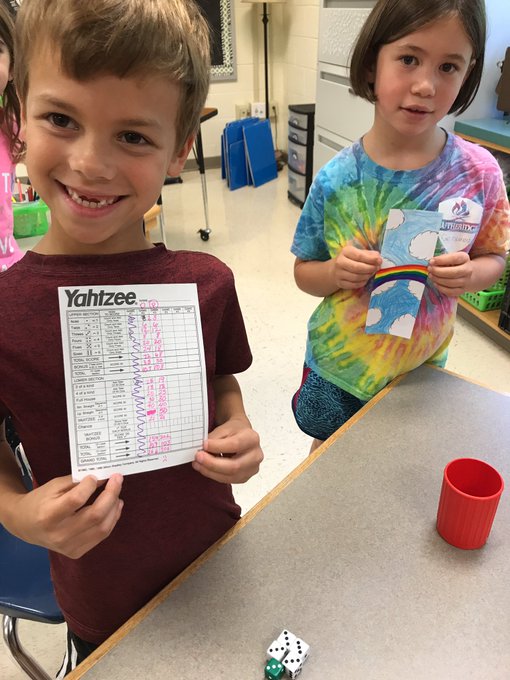 Notice that D (Darci) lost big time! :)
Notice that D (Darci) lost big time! :)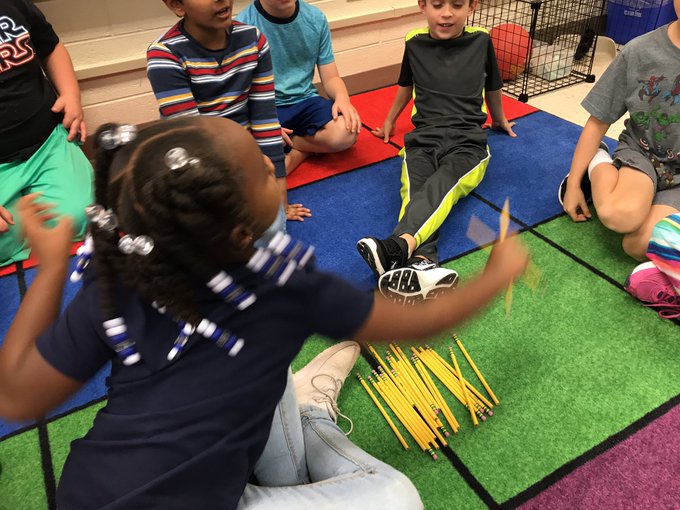
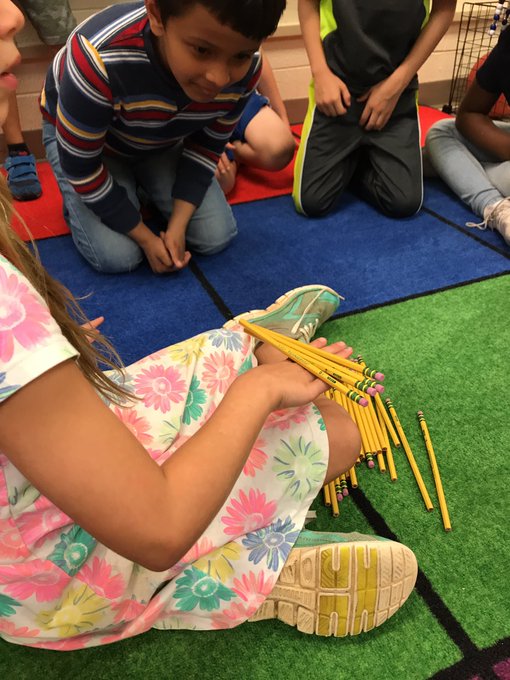

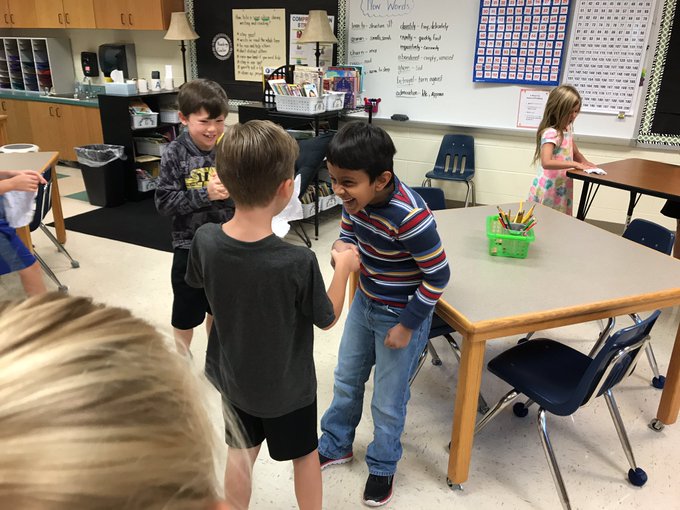
No comments:
Post a Comment